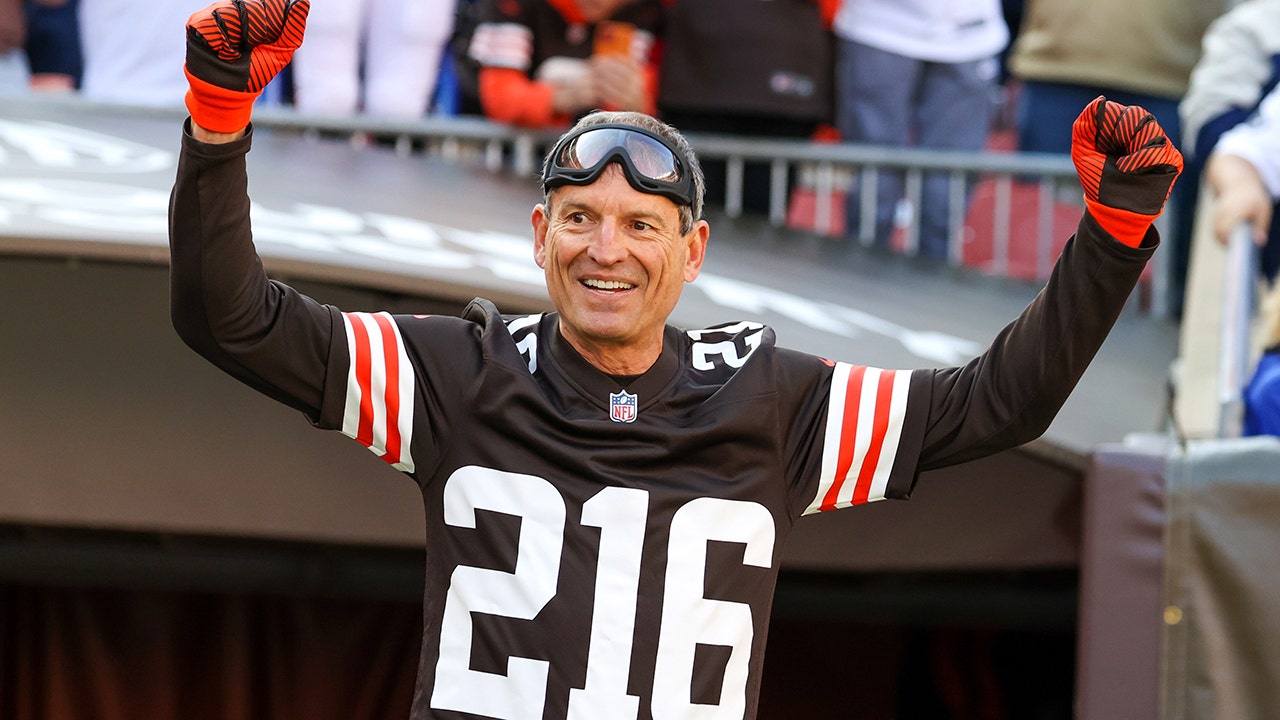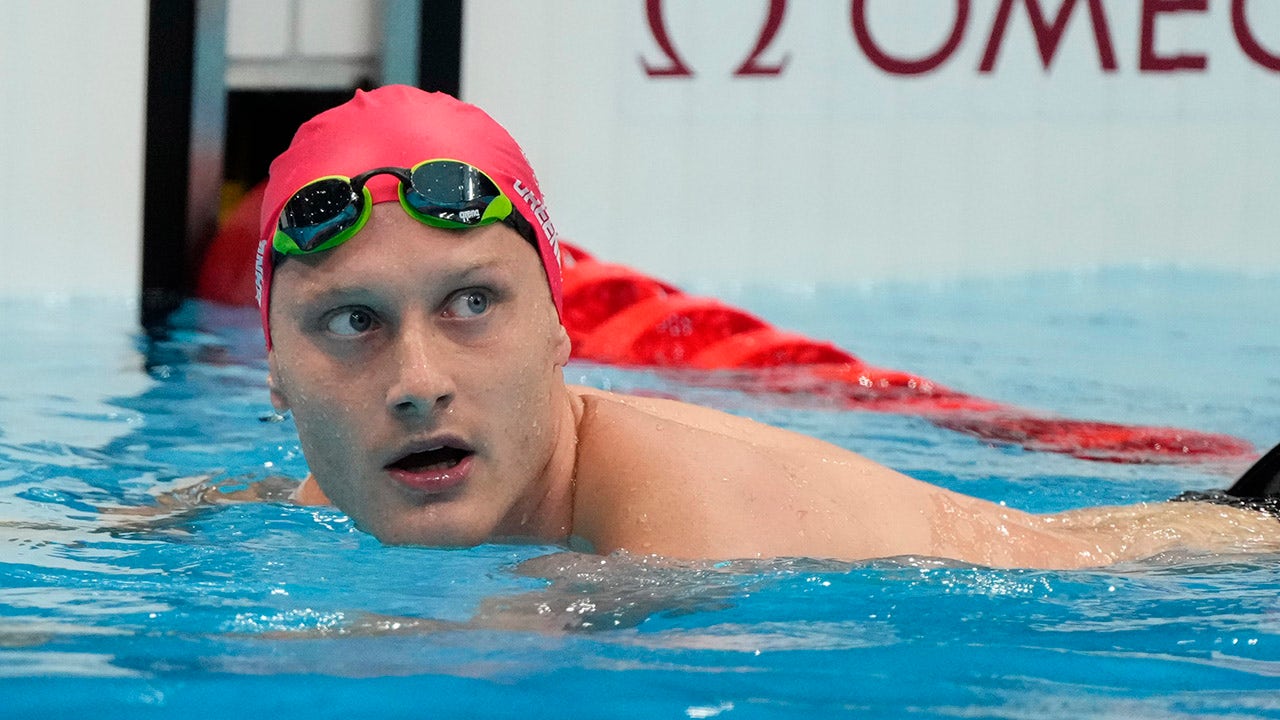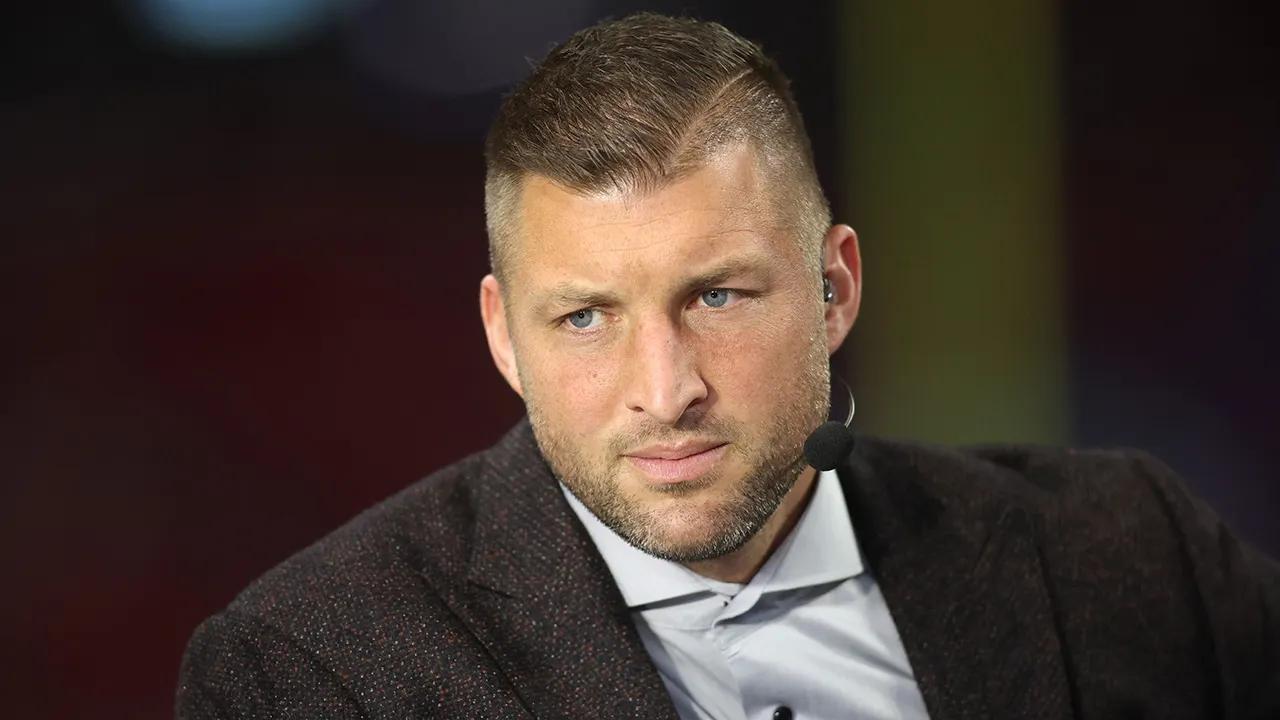NORTH AUGUSTA, S.C. — Yes, Nate Oats is worried. No, Alabama’s basketball coach is not alone.
Arguably the hottest topic at conference meetings and inside college athletic departments this month is how schools will handle the most groundbreaking element of a settlement in the House v. NCAA antitrust lawsuit: a revenue-sharing agreement that will allow schools to distribute roughly $20-23 million annually to their athletes beginning in 2025. The assumption is that football players will get the biggest piece of the pie within almost every athletic department, but men’s basketball is expected to be second in line, and its coaches are already wondering what their allotment looks like.
Since seemingly every school will decide for itself, one league at the high-major level could have a distinct advantage: the Big East, a conference that does not sponsor football.
“I don’t think any of us have the answer to it yet, but I think we do feel good about our position,” Xavier coach Sean Miller told The Athletic last week at Nike’s Peach Jam, the biggest basketball recruiting event of the year. This topic came up often there and at Big East coaches meetings. “In so many ways, it works to our advantage. The good thing about being in the Big East is it’s about one sport. I shouldn’t say one sport, but I think the importance of college basketball is at the top and after what just happened in the landscape of college sports, it puts us in a very unique position.”
What if, while the SEC and Big Ten continue their football-first arms race, those basketball-centric Big East schools decided to give the bulk of the allowed revenue share to their primary sport?
“That’s a problem,” Oats said, his eyes widening at the thought. “As long as it’s equitable across all the high-major schools, you’re fine. But if one’s got $22 million and one’s got $5 million, that’s a problem. We’re not going to be able to compete. They haven’t thought everything through.”

Free, daily sports updates direct to your inbox.
Free, daily sports updates direct to your inbox.
Sign Up
Florida coach Todd Golden said SEC basketball coaches have been buzzing about this nightmare scenario since last year.
“You have all these great basketball schools that have no football they have to take care of,” Golden said, “so yeah, definitely, we are worried about that.”
According to documents filed Friday detailing the settlement agreement, schools will be able to voluntarily distribute up to 22 percent of the average power-conference school’s annual revenue each season from media rights, ticket sales and sponsorships. The total dollar figure won’t be officially known until all 2024-25 revenues are accounted for, and the number will likely increase each season as revenues increase, but the initial number is expected to be between $20 million and $23 million per school in ‘25-26. It’s unlikely any school would devote all of that to just one sport, and it’s not a given that every school will have the maximum to work with — each athletic department has to find the money. Coaches have a lot of questions about how exactly that’s going to work.
Based on the formula for back-pay distribution put forth Friday, somewhere between 80 to 90 percent of the total damages paid out by the NCAA will go to former football and men’s basketball athletes from power conferences. The tug-of-war for the distribution of NCAA Tournament money (which will fund a large percentage of the organization’s payouts to former athletes) has basketball coaches arguing that they should get a bigger chunk of the money once schools turn to determine their future sport-by-sport revenue sharing splits under the cap.
“The plaintiffs are talking about giving 70 percent (of back-pay damages) to football, right?” Oats said, before the settlement details were formalized. “(John) Calipari actually had a good point, talking to him last week: The only moneymaker the NCAA has is the men’s basketball tournament. So all this money that the NCAA is paying out, like 70 percent of it is going to former football players. So you’re going to take the money from the NCAA, where the only money they make is on the NCAA Tournament, and give 70 percent of that to football players? What sense does that make? And is that not asking for another lawsuit from the basketball players?”

GO DEEPER
House v. NCAA settlement takes next step toward schools paying athletes
The big worry inside college athletics is how to suddenly add $20-23 million in expenses and figure out how to balance the checkbook. At the high-major level, particularly in leagues like the SEC and Big Ten, finding the money to get to that max payout is not going to be the issue. But athletic departments will need to make key budgeting decisions, and in many cases, a good chunk of the new pay-for-play budget will have to come through fundraising. One impact could be an end to the facilities arms race. As one coach told The Athletic recently, he’d prefer a bigger NIL budget than a new arena. What most basketball coaches will concern themselves with is how much money they are going to have in their player-acquisition budget.
And there will soon be even more mouths to feed because the new revenue-sharing model comes with the elimination of scholarship restrictions and the institution of roster caps by sport. Football will jump from 85 to 105 allowed scholarships. Men’s basketball will go from 13 to 15, baseball from 11.7 to 34. There’s an industry belief that there will be a clearer picture of what this all looks like by the end of the summer of 2025, but coaches would prefer to know what their budgets will look like soon because the negotiations with prospects who may impact the 2025-26 season are already beginning.
“One of the questions is how are we going to articulate this circumstance to the 2025 recruits?” Golden said. “Are we strictly working off the collective? Are we going to be working off the settlement? Anything that people are promising right now, I think it’s going to be a guess.”
What will not change: Donors will still be footing a chunk of the bill, and the leagues with the most revenue and richest donors will still have an advantage. While some schools may bring their collectives in-house, putting fundraising entirely under the control of athletic department employees, others may keep their collectives as separate entities to maintain flexibility to spend beyond the $20-23 million “cap”. Coordinating outside marketing deals for players, a task that once justified a collective’s above-board role before NCAA rules restricting collectives’ activities were nullified, now falls primarily to a player’s agent.
And although Big East coaches like that they do not have to split their in-house NIL pool with football, their media deals and athletic department revenues dwarf those in the Big Ten or SEC.
“There’s more money to be gobbled up at those places,” Creighton coach Greg McDermott said. “But you either find a way to fund it or you die. That’s the reality. I just think there’s a lot of uncertainty. I would love it to be to the point where I don’t have to raise so much NIL money. It would be nice to go back to coaching and get out of the fundraising business.”
When UConn coach Dan Hurley was told of coaches from other leagues being worried about the Big East’s advantage, he grinned and said they should be more worried that his league has won four of the last eight national titles — and that his Huskies have gone back-to-back. A good reminder that the schools with the biggest budgets do not always win in basketball.
“I think there’s anxiety about everything, because the one thing we know is three months, six months, nine months from now, nothing is going to be like it is now,” Hurley said. “But as college coaches, our job is to figure it out. That’s what you do during the course of a game: when things go weird, figure it out.”
(Photo: Jamie Squire / Getty Images)






